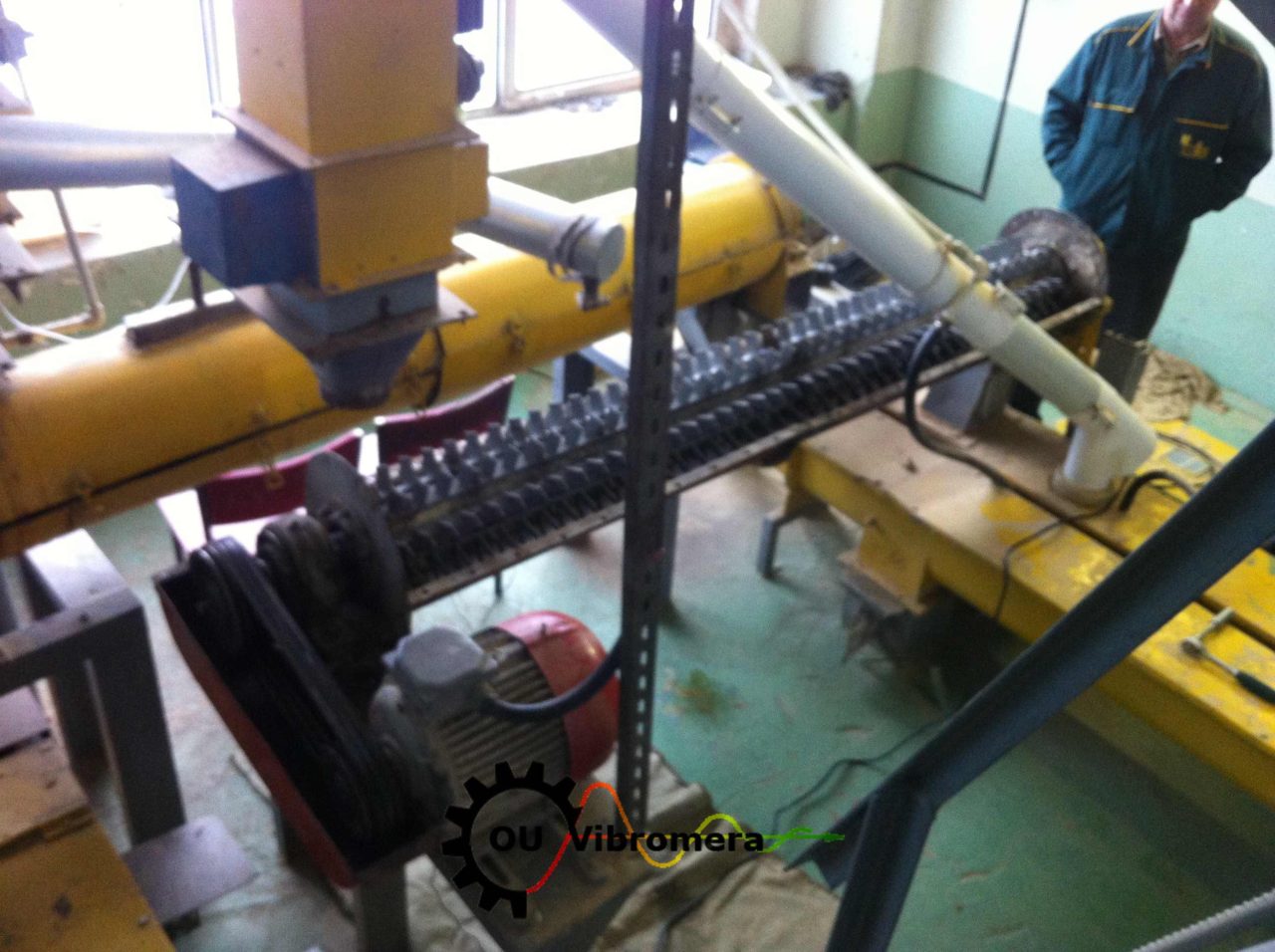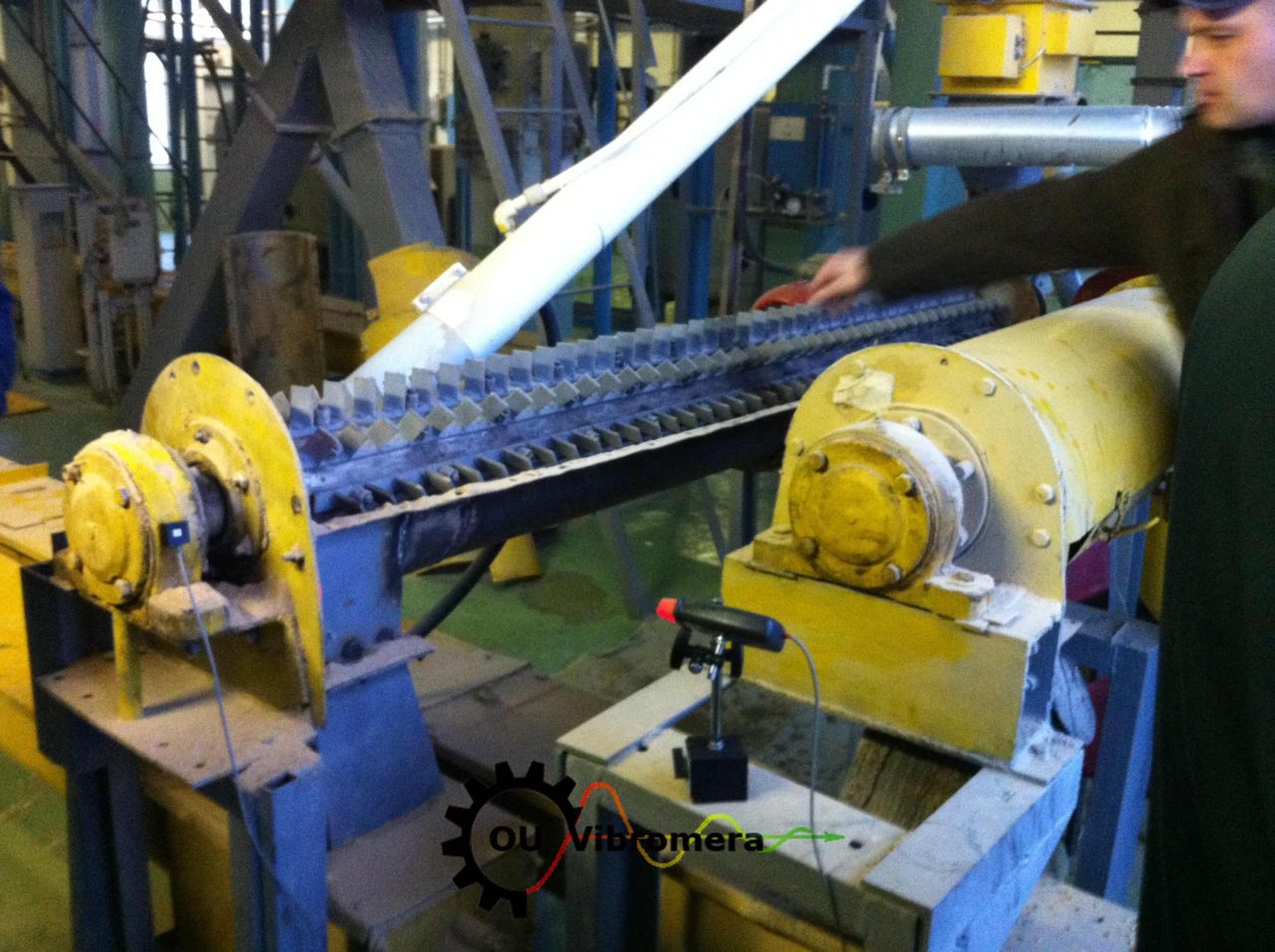The auger, or screw conveyor, plays a crucial role in a flour milling plant, moving grain and flour through the production process. Its uninterrupted operation is critical for the productivity and longevity of the equipment. This article will explore how auger balancing can optimize mill operations.
Diagnosing the Problem: Auger at Flour Milling Plant Requires Balancing
During an inspection of the auger at the flour milling plant, we discovered that imbalance was causing excessive vibration. Imbalance occurs when weight around a rotating axis is unevenly distributed. This situation can seriously affect mill performance and lead to premature equipment wear.
Steps for Auger Balancing
Equipment: To perform vibration measurements and make adjustments, we used the portable balancing device Balanset-1A.
Vibration Assessment: With the Balanset-1A, we identified the initial level of vibration and the most unbalanced areas on the auger.
Balance Adjustment: Based on the measurements taken, we made balance adjustments to the auger, adding or removing weights at specific points to even out the weight distribution.
Results: Reducing Auger Vibration in the Mill
After the balancing procedure, we conducted repeated vibration measurements. The results showed that the vibration level had significantly decreased and was now within acceptable limits.
Benefits of Auger Balancing at Flour Milling Plants
- Increased Equipment Lifespan: By minimizing vibration, auger balancing reduces stress and wear on parts such as bearings, couplings, and the auger itself. This extends the lifespan of the equipment and prevents costly downtimes.
- Improved Efficiency: A balanced auger ensures smoother operation and more efficient product transportation, enhancing the overall productivity of the mill.
- Enhanced Safety: Reduced vibration decreases the likelihood of equipment damage, minimizes unexpected failures, and creates a safer working environment.
- Reduced Maintenance Costs: A balanced auger requires fewer repairs and part replacements, which lowers operational costs in the long term.
Conclusion
Auger balancing, along with other rotating components, is vitally important for flour milling plants. From this article, it is evident how a simple procedure can improve plant performance, reduce the risk of breakdowns, and extend the life of costly equipment.


0 Comments